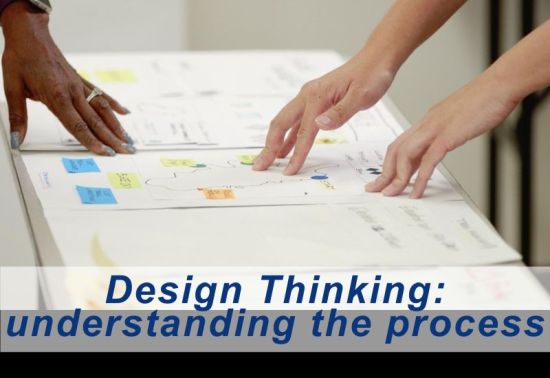
To define great requirements, it's not enough to simply ask customers and stakeholders what they want. By leveraging requirements elicitation and analysis techniques, business analysts can come up with more innovative solutions. In this course, explore these techniques, and learn why they're important, and how to blend them together and tailor them to your project. Angela Wick provides an overview of the process, and discusses how elicitation and analysis work together. She also covers different ways of gathering requirements—such as brainstorming, observation, and workshops—before moving on to analysis techniques such as context diagrams, user stories, and decision tables. At the conclusion of the course, she explains how to select the right approach for a particular product or project type.

Getting the requirements right in software development is half the battle. In this course, instructor Neelam Dwivedi delves into the techniques and tools needed to win that battle. Neelam reviews the different types of requirements and how to divide your requirement development process into phases. She covers how to elicit, specify, analyze, and validate product requirements, sharing challenges along the way that help you grasp how these phases work in real-world projects. Plus, she shares techniques for estimating effort for requirements, as well as how to minimize or mitigate project risk by working iteratively on high-risk requirements first.
Learning objectives
- What are requirements?
- Requirement development phases
- Elicitation techniques
- Functional vs. nonfunctional requirements
- Defining user stories and use cases
- Mapping data input and output requirements
- Validating requirements

Curious about design thinking? It's the design methodology on everyone's mind. Design thinking can help you save time and find more creative solutions to your customers' needs. In this course, Chris Nodder explains where design thinking fits into product development and what it can help you achieve. He describes each step in the process, from identifying the problem you want to solve and brainstorming solutions, to prototyping, development, and release. Learn about the pros and cons of this approach and how to overcome challenges such as organization inertia and silos. Done right, design thinking can start your organization moving toward broader user-centered design techniques such as information architecture, content testing, usability testing, and marketing research.
Topics include:
- Agile, lean, and design thinking
- Preparing to sell design thinking to your organization
- Finding the real problem
- Ideation
- Prototyping
- Correcting course
- Offshoring and outsourcing
- Getting past organizational inertia and silos
- Tracking your success

Design thinking can help you save time and find more creative solutions to your customer needs. Learn how to implement a design thinking process at your company, with this practical guide from user experience expert Chris Nodder. Follow along with a sample project—a trail maintenance app—as it goes through a one-week design thinking process. Watch the development team use design thinking to turn new ideas into a testable concept and full-featured product. Along the way, you'll learn who should be involved, what activities you need to perform, and how to observe users, come up with great ideas, test solutions with prototypes, and plan development. Plus, discover how to avoid the common issues that can get in the way of a successful design thinking session, and the traps that people fall into when using the process for the first time.
Topics include:
- Assembling a team
- Finding a location
- Watching real users
- Mapping the customer journey
- Identifying pain points
- Coming up with good ideas
- Testing ideas with real customers
- Planning development
- Understanding the benefits of design thinking
